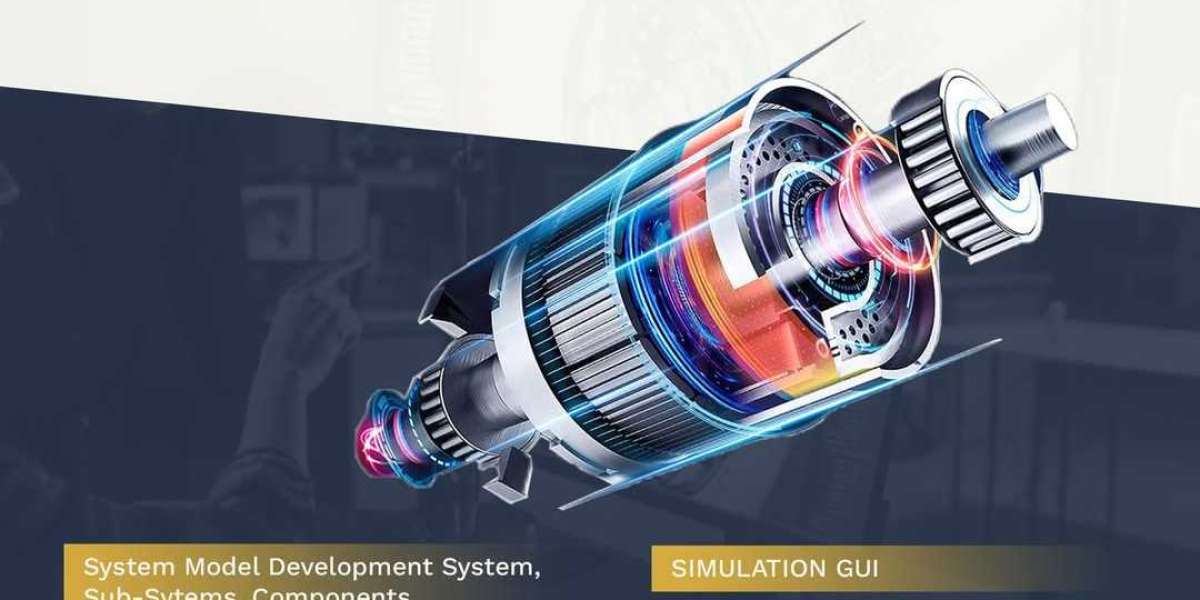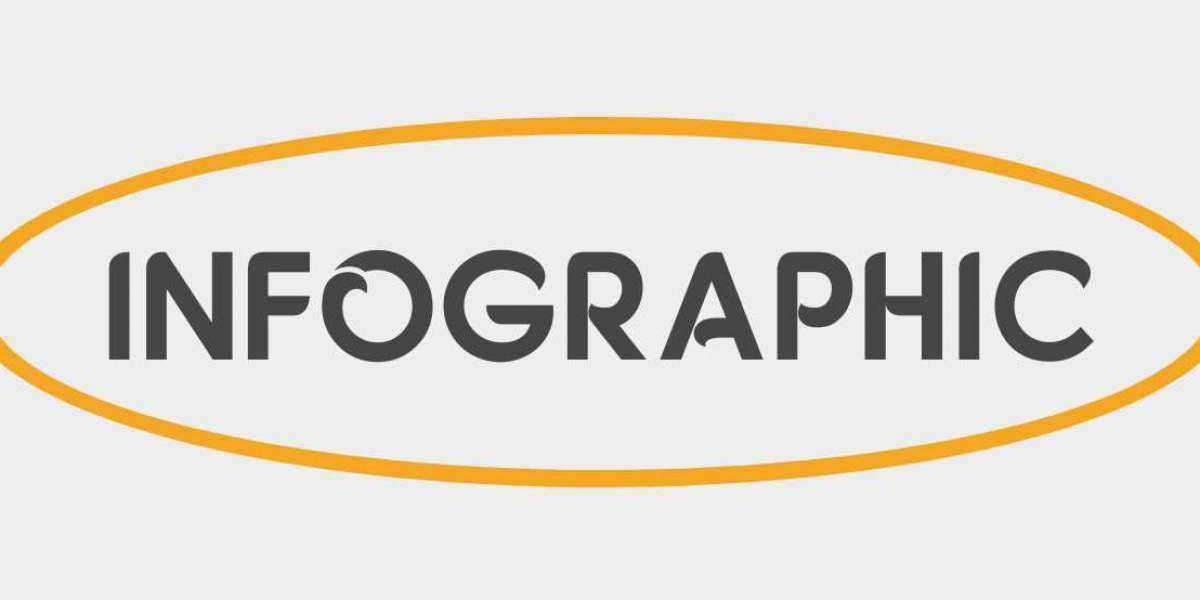Model-Based Design (MBD) using MATLAB and Simulink has become a game-changer in engineering, offering a sophisticated approach to designing, simulating, and validating complex systems with remarkable efficiency. As of August 1, 2025, this methodology is widely embraced across industries such as automotive, aerospace, industrial automation, and more, thanks to its ability to integrate MATLAB’s algorithm development with Simulink’s dynamic modeling capabilities. Companies like Servotech Inc. leverage these tools to deliver cutting-edge solutions that reduce costs, accelerate development cycles, and enhance system reliability. This article explores the core principles, process, applications, benefits, challenges, and future prospects of MBD using MATLAB and Simulink.
What is Model-Based Design Using MATLAB and Simulink?
Model-Based Design is an engineering methodology that employs mathematical and graphical models to guide the entire development lifecycle of a system, from concept to deployment, while minimizing dependence on physical prototypes. MATLAB serves as a powerful environment for numerical computing, algorithm design, and data analysis, while Simulink provides a block-diagram-based platform for modeling, simulating, and analyzing dynamic systems. Together, they enable engineers to create digital twins—virtual representations of physical systems—allowing for iterative testing and refinement. This integrated approach, supported by tools like Stateflow for state machine modeling and Embedded Coder for code generation, is reshaping how engineers bring ideas to life.
The MBD Process with MATLAB and Simulink
The MBD process is structured to ensure precision and adaptability:
Requirement Specification: Define system goals, performance metrics, and constraints based on stakeholder needs.
Model Development: Construct a Simulink model using block diagrams, incorporating MATLAB scripts for advanced computations.
Simulation and Analysis: Execute simulations in Simulink to evaluate system behavior under diverse conditions, using MATLAB for in-depth data analysis.
Verification and Validation: Cross-check simulation outcomes against requirements to confirm accuracy and functionality.
Automatic Code Generation: Utilize MATLAB tools to generate optimized C/C++ or HDL code directly from Simulink models.
Deployment and Testing: Implement the system on target hardware and conduct real-world validation.
For example, developing a flight control system might involve building a Simulink model to simulate aerodynamic responses, using MATLAB to refine stability algorithms, and deploying the generated code to an embedded flight controller for testing.
Key Components of MBD with MATLAB and Simulink
The MBD ecosystem is built on several foundational elements:
Simulink Interface: A user-friendly, drag-and-drop environment for creating and simulating models.
MATLAB Toolboxes: Offer specialized functions for control design, signal processing, and optimization.
Stateflow: Adds capability for modeling complex decision logic and state transitions.
Code Generation Tools: Automate the creation of executable code for embedded systems.
Integration Features: Seamlessly connect with hardware-in-the-loop (HIL) setups and external software like CAD or FEA.
Benefits of MBD Using MATLAB and Simulink
This methodology provides numerous advantages:
Cost Efficiency: Reduces the need for physical prototypes, cutting material and labor expenses.
Time Savings: Enables parallel development and testing, shortening project timelines.
Enhanced Precision: Identifies design flaws early, improving system reliability.
Reusability: Allows models and code to be repurposed for future projects.
Team Collaboration: Facilitates remote teamwork with a centralized digital platform.
Applications Across Industries
MBD with MATLAB and Simulink is transforming various sectors:
Automotive: Designs and validates advanced driver-assistance systems (ADAS) and hybrid vehicle controls.
Aerospace: Develops navigation and flight control systems for aircraft and drones.
Industrial Automation: Optimizes robotic arms and manufacturing process controls.
Medical Technology: Creates embedded software for devices like infusion pumps.
Energy Sector: Improves control algorithms for solar inverters and wind turbines.
Challenges in MBD with MATLAB and Simulink
Despite its strengths, MBD faces several hurdles:
Steep Learning Curve: Proficiency in MATLAB and Simulink requires extensive training.
High Initial Costs: Licensing fees and hardware investments can be significant.
Model Complexity: Crafting accurate, detailed models demands expertise and time.
Integration Challenges: Aligning with legacy systems or third-party tools can be problematic.
Skill Shortage: A lack of professionals skilled in both tools limits adoption.
Future Trends in MBD
The evolution of MBD with MATLAB and Simulink is driven by emerging trends:
Artificial Intelligence (AI): AI enhances model optimization and predictive analytics.
Cloud-Based Collaboration: Allows remote access and team-based modeling.
Digital Twin Advancement: Real-time twins support ongoing system monitoring and updates.
Automated Validation: Integrates with continuous integration/continuous deployment (CI/CD) pipelines.
Sustainability Emphasis: Promotes energy-efficient designs to meet green engineering goals.
As of August 1, 2025, these advancements align with Industry 4.0, fostering smarter and more sustainable engineering solutions.
Role in the Development Lifecycle
MBD is embedded across all development stages:
Concept Phase: Simulates initial ideas to assess feasibility.
Development Phase: Refines models through iterative simulations.
Testing Phase: Validates designs using HIL and real-world data.
Deployment Phase: Ensures a smooth transition to production environments.
Career Opportunities
Professionals skilled in MBD with MATLAB and Simulink are highly sought after. Roles include MBD engineer, systems simulation specialist, and control design engineer, with opportunities in automotive, aerospace, and technology sectors. Certifications in MATLAB/Simulink, paired with practical experience, offer competitive salaries and career growth as of August 1, 2025.
Conclusion
Model-Based Design using MATLAB and Simulink is revolutionizing engineering by providing an efficient, accurate, and collaborative framework for system development. It reduces costs, enhances reliability, and drives innovation across industries. Despite challenges like complexity and initial investment, advancements in AI and cloud computing are poised to amplify its impact. As of August 1, 2025, MBD remains a pivotal tool, shaping the future of intelligent, sustainable engineering solutions.



